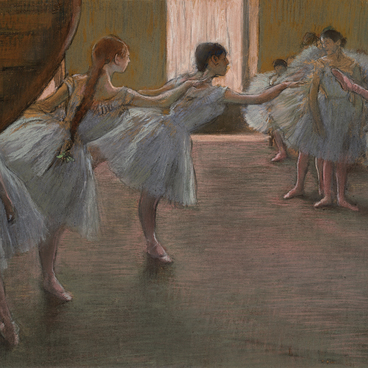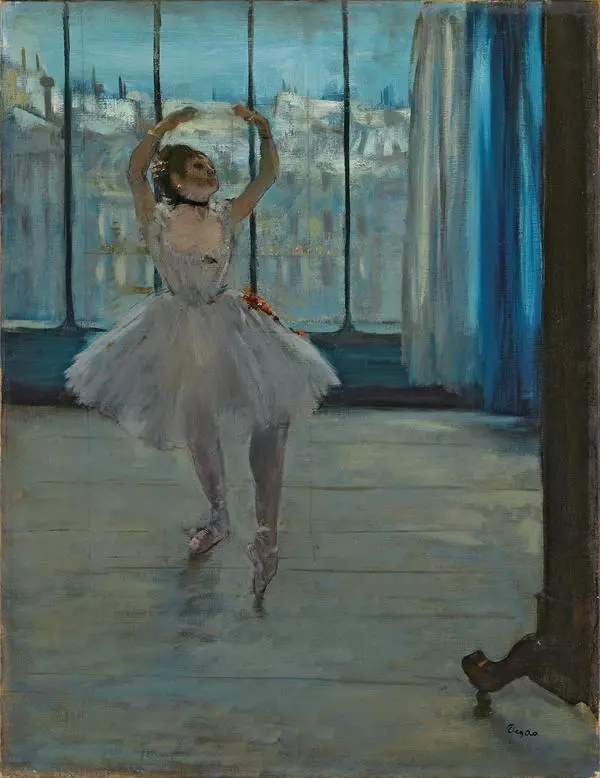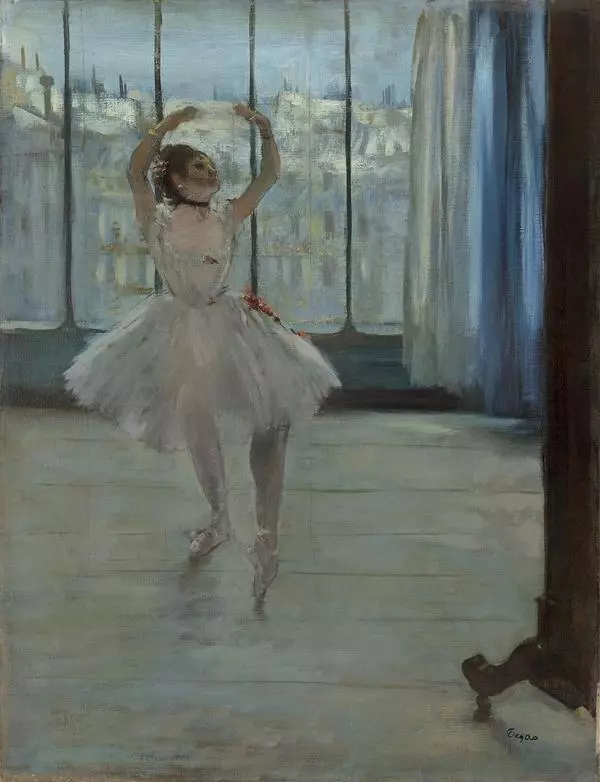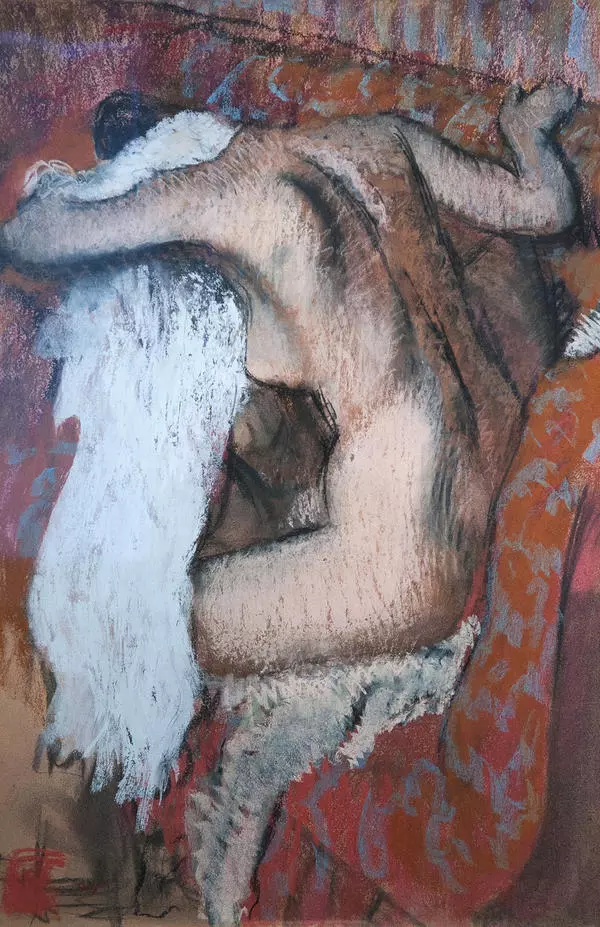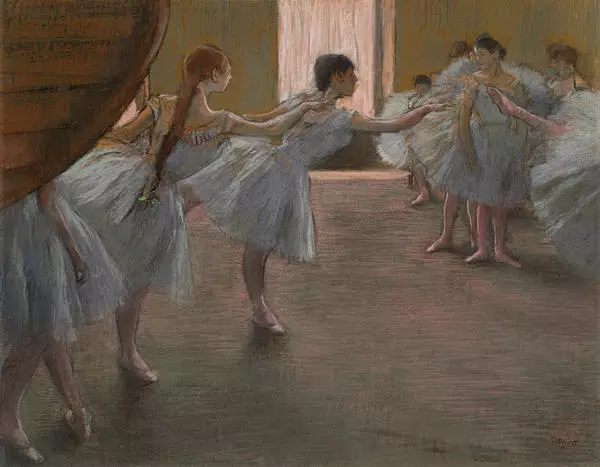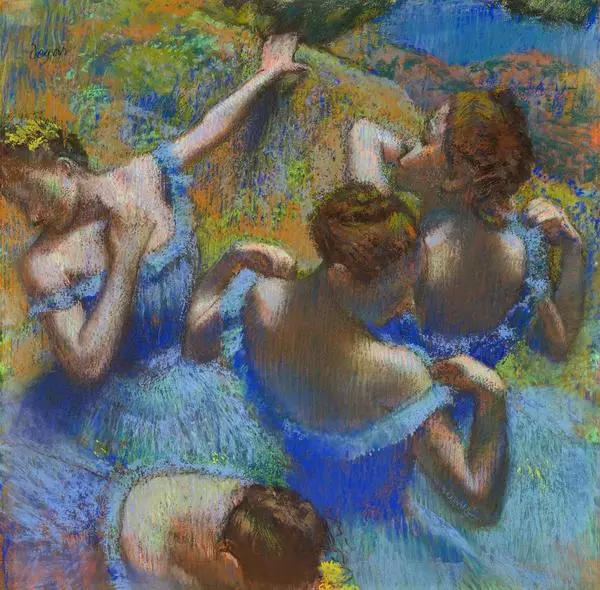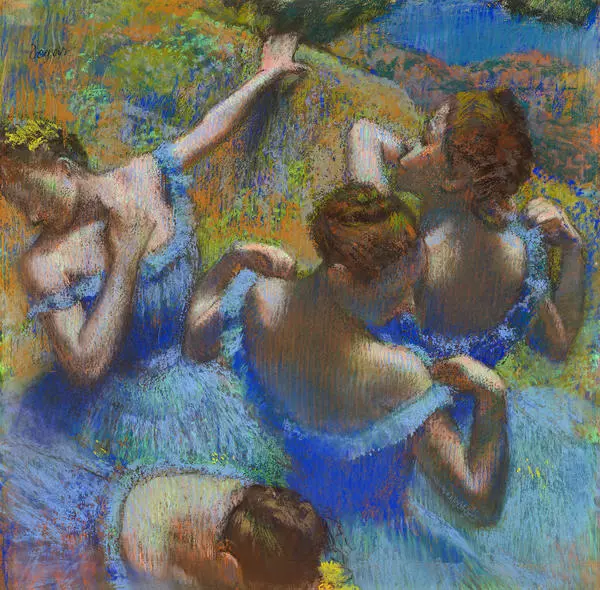#1
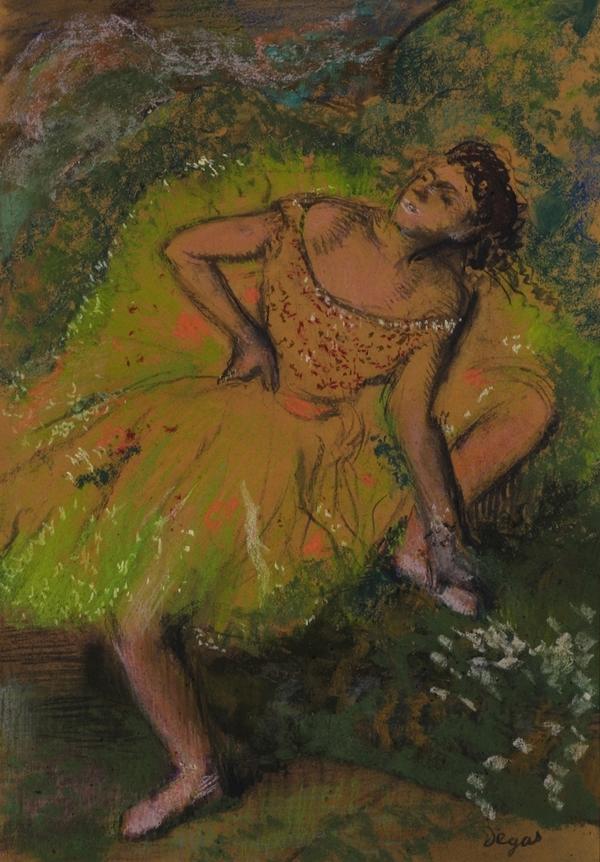
Edgar Degas
Dancer
#6
#3
‘I am called a painter of dancers, "
wrote Degas.
#2
Artists who focused on the theme of ballet before him either arranged dramatic compositions that had the prima ballerina at the center or depicted the theater as a holiday. Edgar Degas opened up the theme, allowing it to be seen from a different perspective.
#8
‘For me, ballerinas were always just a pretense in order to depict wonderful fabrics and to capture movement, “
said Degas.
#7
His works seem to be taken randomly from the flow of life in scenes. However, the “randomness” is the fruit of a thought-out composition, where the cutaway fragment of a figure simply emphasizes the spontaneity of the impression. Degas observed something that artists from bygone years never gave any attention.
#14

Edgar Degas. “Ballet Rehearsal”
#10
‘Dancer’
#9
It seemed to him that the work of the ballerina was difficult. He often captured the dancers at rehearsal or, as in this work, in the wings. The weary ballerina rubs her overworked foot in pointe shoes. This is how Edgar Degas perceived the theater. A randomly captured scene from backstage life is transformed into a work dedicated to the difficult work of artists. The seeming simplicity of the composition creates the impression of peeping ‘through a keyhole, " as the artist himself loved to say. It would seem that Degas, even while dispassionately recording the backstage life of the ballet, would nevertheless remain amazed by its poetic nature as a painter.
#12
About the manner of drawing
#11
He had a soft manner of drawing that materialized in the oil pastel technique, with surprisingly tender tints of orange, yellow, and green hues. This approach gives rise to the delicate poetry of the image. Pastel allowed Degas to combine drawing with color and was his favorite technique. It appealed to the artist in its cleanliness and freshness of color, the silky surface of its texture, its vividness, and the stirring vibrations of the strokes. Degas was a precise colorist. His pastels were sometimes harmonious and light, sometimes based on sharp color contrasts.
#13
About Degas’s style
#4
Degas’s style was unique in its surprising freedom. He applied the pastels in bold, broken strokes, sometimes leaving the paper showing through the pastel or adding oil brushwork or watercolor. One of the artist’s discoveries was the treatment of a painting using steam. Afterwards, the pastel softened and could be manipulated with a brush or fingers. In order to give paints a special brilliance and make them shine, the artist dissolved pastels with hot water, turning them into something similar to oil paint. Then a paintbrush could be used to apply it to a canvas.
читать дальшескрыть
00:00
00:00
1x
Dancer
Время создания
end of XIX - beginning of XX century
Техника
pastel
9
Открыть в приложении
Поделиться


